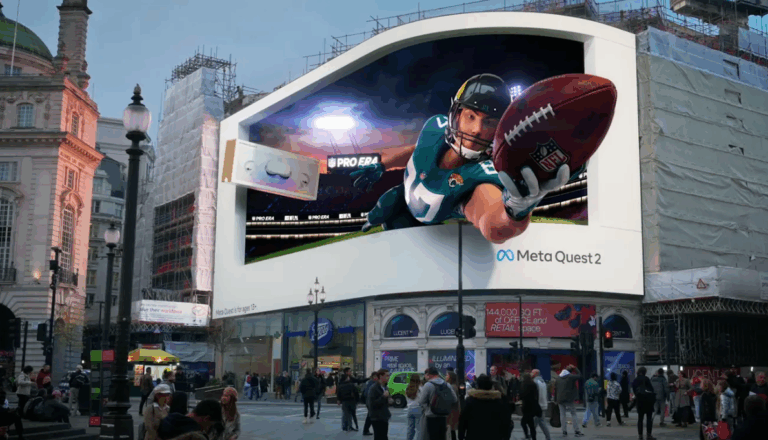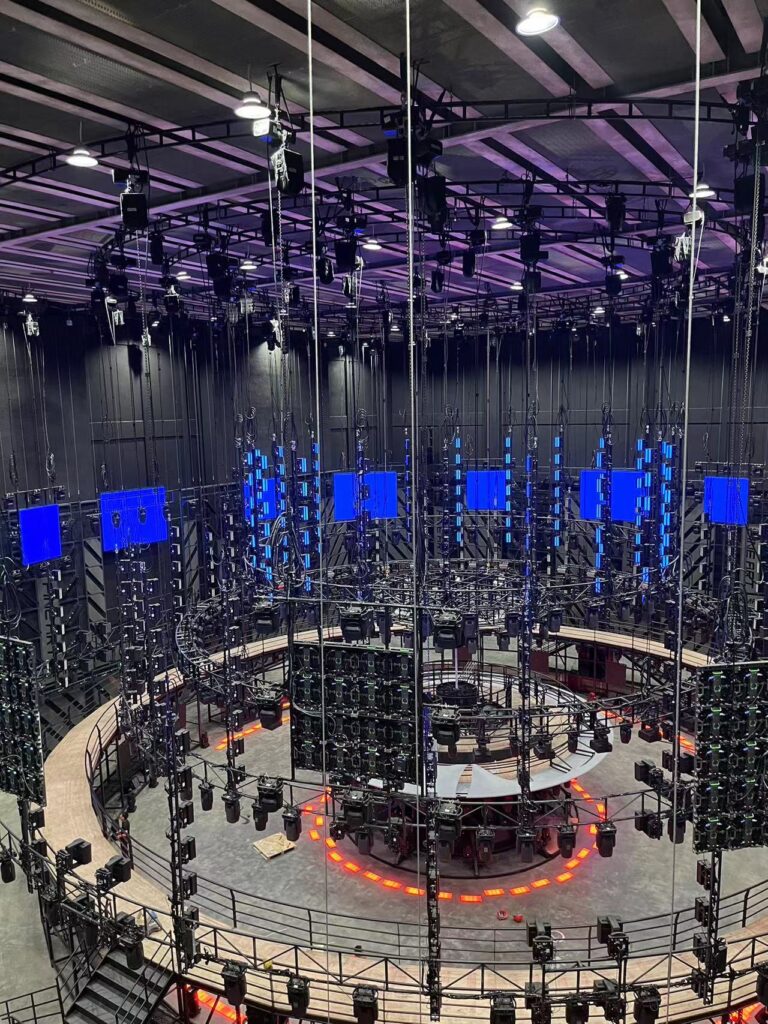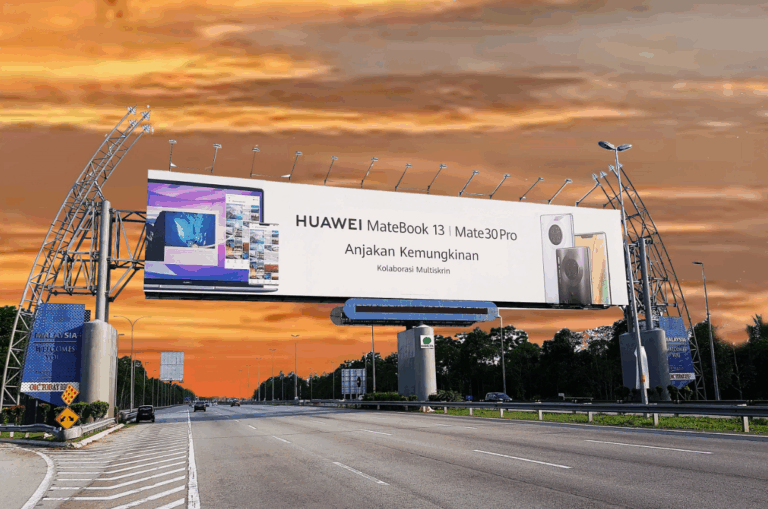A catalogue
What is COB LED display?
Advantages and disadvantages of COB LED screen
Application of COB LED display technology
Comparison between SMD and COB
With the rapid development of science and technology, display technology is an important window for human-computer interaction, and its progress and innovation have always attracted people’s attention. Among many display technologies, COB LED display screens are gradually becoming the new favorite in the industry with their unique advantages. Today, we will enter the world of COB LED displays and explore how this novel display technology brings a more colorful visual experience to our lives.

What is COB LED display?
COB, which stands for “Chip On Board”, is a packaging technology for LED displays. Unlike traditional SMD surface-mount device packaging, COB packaging integrates LED chips directly onto the circuit board without requiring separate brackets or pins, resulting in higher integration and smaller pitch. This packaging technology enables LED displays to have higher pixel density, more uniform brightness, and lower energy consumption. Do you understand what is a GOB led screen and what is a COB led screen?
Advantages and disadvantages of COB LED screen
Advantages:
Higher brightness and uniformity: Due to the proximity of LED chips to each other, COB displays can provide higher brightness and uniformity, making the display effect more vivid and clear.
Better thermal management: The LED chip of the COB display is directly soldered to the circuit board, effectively improving the heat conduction efficiency, reducing the LED light emission temperature, and extending the service life of the LED.
Smaller package size: Since the COB display integrates multiple LED chips on a single circuit board, it can significantly reduce the package size of the LED module, improving the overall performance and reliability of the display.
Higher protection level: The use of sealed packaging technology makes the LED chip more durable and impact resistant, allowing it to adapt to harsh environmental conditions. Take you 5 minutes to understand LED IP levels.
Easier to achieve small pitch: Compared to traditional LED displays, COB LED screens are easier to achieve small pitch, making the display more detailed and the colors softer.
Disadvantages:
Low one-time pass rate of packaging: Due to the strict requirements of COB packaging during die bonding, it is necessary to ensure that the light-emitting chips are all good quality, without low brightness, dark brightness, or no brightness. Moreover, the COB display screen has a very small pitch and requires a large number of lights within the unit, with almost ten thousand LED lights in a single unit board. The difficulty of die bonding is high, resulting in a low one-time pass rate of packaging and high product yield requirements.
High maintenance difficulty: Due to the complete enclosure of the COB display, maintenance requires the use of specific tools, making it more difficult to maintain than traditional LED displays.
High production costs: Due to the complex manufacturing process and high technical requirements of COB LED screens, production costs are also relatively high, resulting in higher market prices. Here are the commercial LED display price ranges.
Application of COB LED display technology
COB LED displays have been widely used in many applications due to their high pixel density and uniformity, including but not limited to:

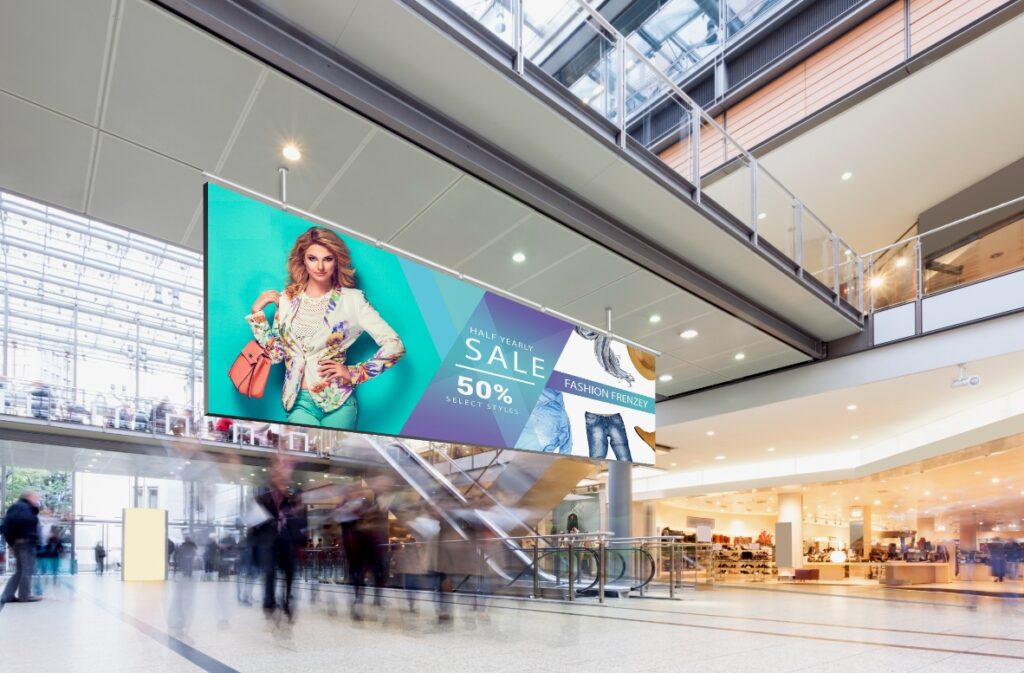
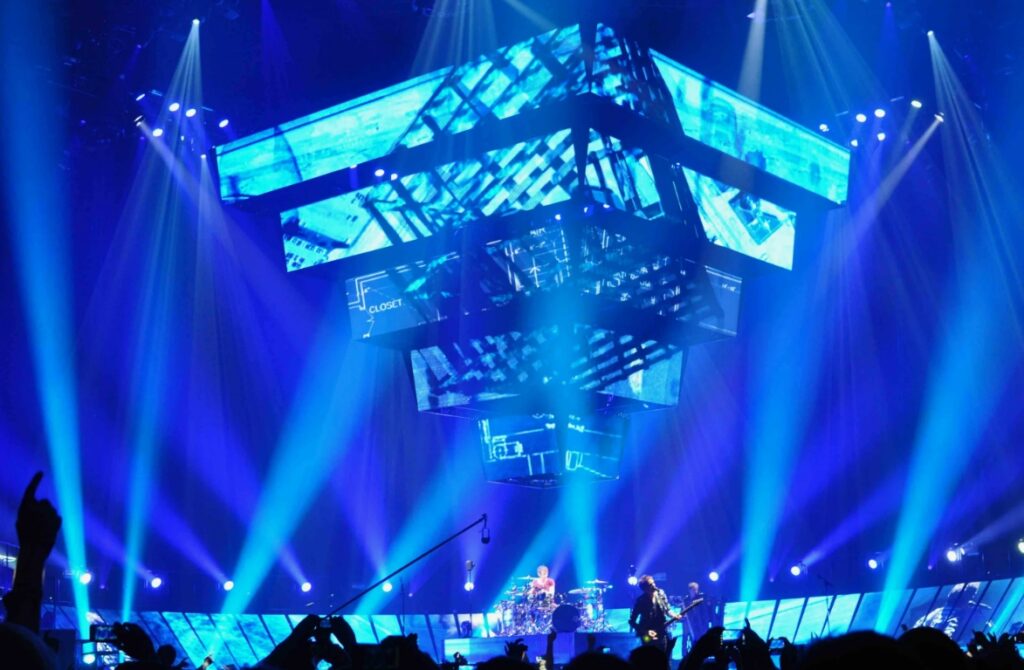
Comparison between SMD display screen and COB display screen
Packaging method: SMD is to package the LED chip on a separate bracket and then connect it to the circuit board through pins; while COB is to directly integrate the LED chip on the circuit board.
Display effect: Due to the high integration of COB, its display effect is generally better than SMD in terms of pixel density, brightness, and uniformity.
Cost and maintenance: The production process of SMD is relatively mature and the cost is relatively low; while the production process of COB is more complex and the cost is higher. However, from the perspective of long-term maintenance, the high stability and reliability of COB help to reduce maintenance costs.
Conclusions
COB LED display screens are gradually becoming a shining star in the field of display technology with their excellent display effects, energy-saving and environmentally friendly features and wide application prospects. With the continuous advancement of technology and the continuous expansion of the market, we have reason to believe that COB LED displays will shine in more fields in the future and bring people a more shocking audio-visual feast. Whether in the fields of commercial advertising, stage performances or smart homes, COB LED displays will lead the new trend of display technology with their unique charm and open a new chapter in human visual experience. When selecting an LED display, various factors need to be weighed against specific application needs and budget to ensure the most appropriate solution is selected.



